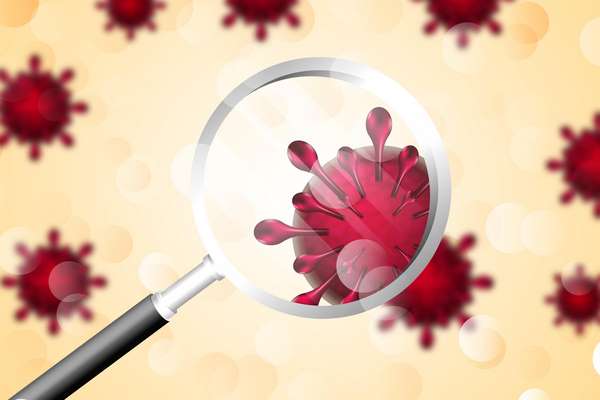Modern strains of highly pathogenic avian influenza (HPAI) H5N1 demonstrate the ability to reduce the human immune response, which eases the course of the disease. However, this highlights the need for continuous monitoring of pandemic risks.

In a study published in Emerging Infectious Diseases, researchers analysed the replication of HPAI H5N1 viruses in human lung organoids. The study compared replication and immune responses in human lung epithelium using virus isolates from different hosts, including a historical sample (A/Vietnam/1203/2004) and contemporary samples (human A/Texas/37/2024 and bovine isolate A/bovine/Ohio/B24OSU-342/2024).
The researchers found that the historical isolate caused significantly more replication and higher levels of cell death than modern viruses. However, the contemporary human isolate showed improved replication capacity compared to the bovine virus due to the PB2 E627K mutation, which enhances the virus’ adaptation to mammalian hosts.
A key discovery was the ability of modern HPAI H5N1 viruses to inhibit interferon-stimulated genes (ISGs) such as ISG15 and ISG20. This inhibition was accompanied by a more moderate induction of proinflammatory cytokines (IFN-β, TNF-α, IL-6, IL-1β), likely contributing to the reduction in disease severity. Unlike historical strains that caused 50% mortality, modern outbreaks have been accompanied by only a few severe cases, indicating that the viruses have evolved to adapt.
The spread of modern H5N1 isolates in North America is a concern due to the expanding host range. Since 2021, viruses of clade 2.3.4.4b have been detected in birds and mammals, including cattle. In 2025, 66 cases of human infection in the United States were reported, including through contact with animals. The infection of farm workers in Texas confirmed the possibility of cow-to-human transmission.
A historical review shows that the first human cases of H5N1 were reported in 1997 in Hong Kong. In 2004-2005, the virus spread across Eurasia and Africa through bird migration. The current strain, clade 2.3.4.4b, which has been dominant since 2020, is causing massive outbreaks in birds, but human cases remain rare.
Despite the moderate course of the disease among infected humans, the ability of HPAI H5N1 viruses to adapt, including suppressing the immune response, poses potential risks of new pandemics. Continuous monitoring of the evolution of viruses is critical to preventing unpredictable consequences of their spread.
Important! The statistical information presented in medical articles reflects general trends and does not consider each individual person’s characteristics. Always consult your doctor to make personalised decisions about your health.






